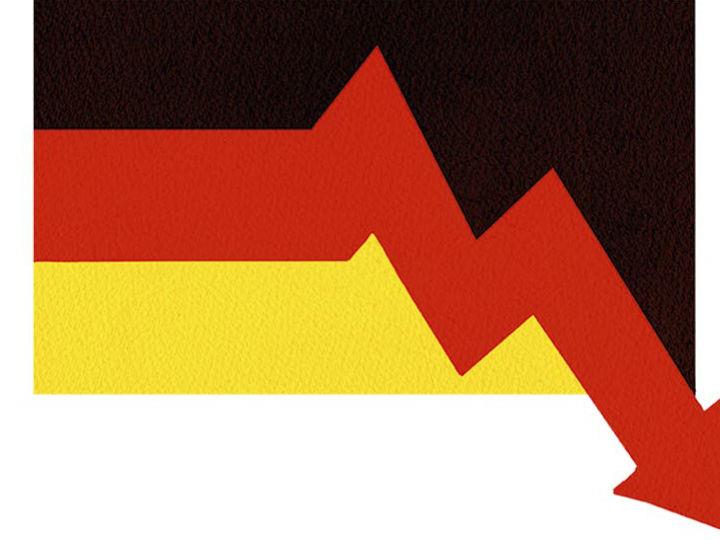by Manuela Stefania Fulga and Lutfey Siddiqi*
A period of relative stability for the banking sector ended at the onset of the COVID-19 pandemic, and further shocks tested the stability of the industry at the start of the war in Ukraine, followed by supply chain disruptions, and an increase in geopolitical tensions.
As reported by the World Economic Forum in its Global Risks Report 2023, low interest rates and access to cheap debt are over. We have entered a new macroeconomic era characterized by low growth, low investments and low levels of cooperation – with significant ramifications for financial institutions.
The banking sector now must navigate inflationary pressures, rapid normalization of monetary policies and growing fragmentation.
Banking challenges have intensified
2023 has been a year of inflections in the financial world. All three of the broader trends – a technology revolution, the sustainability agenda and geopolitical tension – that have provided a backdrop to this industry in recent years have intensified in ways that require renewed commitments, smarter strategy and greater agility.
The risk landscape now has added dimensions, widening the range of plausible scenarios and necessitating investments in resilience at the expense of efficiency. New threats to financial stability – evidenced by the collapse of Silicon Valley Bank and the forced sale of Credit Suisse – have also prompted regulatory authorities to re-evaluate their existing policies.
We’ve identified five key trends that are shaping the way the banking sector is confronting the dual challenge of managing present shocks and short-term volatility while ensuring long-term stability and growth. These are:
1) The financial risk landscape
Accommodative monetary policies are over, and banks must refocus on stable sources of funding, and on rebuilding trust-based relationships with depositors. Moreover, regulatory practices will likely be overhauled to some degree in response to the banking upheaval in early 2023.
Mandated ratios and resolution plans for big banks arguably failed to perform their intended function, and there are questions about the size and complexity of business models, incentive structures and decision-making. The operating context for banks and capital markets will therefore almost certainly entail greater capital requirements and supervisory scrutiny.
Policies will likely be redesigned, and regulatory reforms may cast a wider net to include non-bank financial institutions and fintech. The anticipation of regulatory reform will inevitably drive transformation in the industry – as will a geopolitical backdrop that remains fraught.
For decades, banks pursued a convergent model of globalization, but the industry now faces de-coupling and a narrowed space for ideological neutrality. Tech wars, cold wars, and at least one localized hot war may force global multinationals to choose sides.
This may render some legacy business models unviable, and create a new division of roles among global, regional and national lenders. Unfortunately, it seems heightened tension has become a chronic condition for the industry, affecting both strategy and risk management.
2) Sustainability and finance
Sustainability and environmental, social and governance (ESG) practices have come under intensified scrutiny in recent years. The roles that banks and capital markets play in catalysing environmental and social change need to be renewed.
This debate has also taken on political and populist dimensions, amid serious anti-ESG backlash from powerful sources on one side, and greenwashing criticism on the other. For banks, this environment presents a fork in the road.
There must be a clearer distinction between those approaching sustainability as a surface exercise that is defensive and compliance-oriented, and those that embed sustainability into their corporate purpose, identity and strategy.
For those pursuing the latter, there is little room for mixed messages or half-measures. They will need to lean in even further, using a bold voice to help implement and support ESG practices where they are most required.
There remain tremendous related opportunities for capital markets, ranging from carbon trading to green and blue bonds, as well as untapped potential for derivatives and securitization professionals to design sustainability-linked investment products capable of drawing in capital from multiple sources.
3) Financial technology
The Fourth Industrial Revolution has been characterized by startling advances in automation, upending customer behaviour while eroding industry boundaries. This happened in multiple waves, providing banks with little respite between bouts of transformation.
Large parts of the front end of banking are now self-driven via apps, while large parts of the back end are now composed of third-party providers of cloud computing. Meanwhile new technologies continue to appear on the horizon, such as quantum computing, while others continue to struggle to gain greater practical relevance, such as blockchain, tokenization, and smart contracts.
Central bank digital currencies (CBDCs) may also drive changes in the intermediation role played by banks and traditional capital markets. However, the end of an era of virtually zero-cost funding presented a moment of reckoning for technology development.
The starting point for the use of any technology should not be theoretical futurology; it should instead be specific use cases designed to address particular pain points. The risk of cyberattacks has also significantly increased, in light of the potential involvement of state actors amid geopolitical tensions.
Banks bear responsibility for ensuring adequate defences against cyber theft even when it involves social engineering, not just technology lapses; they must find a middle ground between efficiency and resiliency.
4) Banking business models
Global macro trends resulted in greater diversity of business models among both industry incumbents and new entrants.
Within recent years, US-based Goldman Sachs, traditionally an elite investment bank, has pulled back on a costly, years-long foray into consumer banking; Switzerland-based UBS has abandoned a proposed $1.4 billion acquisition of robo-adviser Wealthfront’ US-based Citigroup has opted to wind down its consumer banking presence in multiple markets including China; and UK-based HSBC has withdrawn from a 40-year attempt to penetrate the US domestic retail banking market.
In many cases of repositioning, global banks have opted to divest their onshore businesses to local and regional players. This divergence of business models is set to continue, however, not least due to competition from big tech firms which do not operate under the same regulatory requirements.
5) Financial talent
For individual banks to remain competitive in this challenging environment, they need to adopt more novel approaches when it comes to the acquisition, retention and development of talent. They need to offer a clearer line of sight between their purpose, and their vision for the future.
A 2020 survey by the Organisation for Economic Co-operation and Development, for example, lumped banking and insurance in among the ”jobs of the past” in Canada. Banks should redefine their purpose, including their environmental and social impact, if they really want to build stronger bonds with their talent.
In addition, banks will need to offer greater opportunities for learning and growth, as the sector will increasingly compete for the same great minds that tech and fintech players want to attract too.
This is not an easy balance to get right, especially in a highly-regulated industry like banking, but banks are well advised to place a premium on leadership talent and on communications skills.
*Platform Curator, Banking and Capital Markets, World Economic Forum and Visiting Professor-in-Practice, London School of Economics and Political Science
**first published in: Weforum.org




 By: N. Peter Kramer
By: N. Peter Kramer

